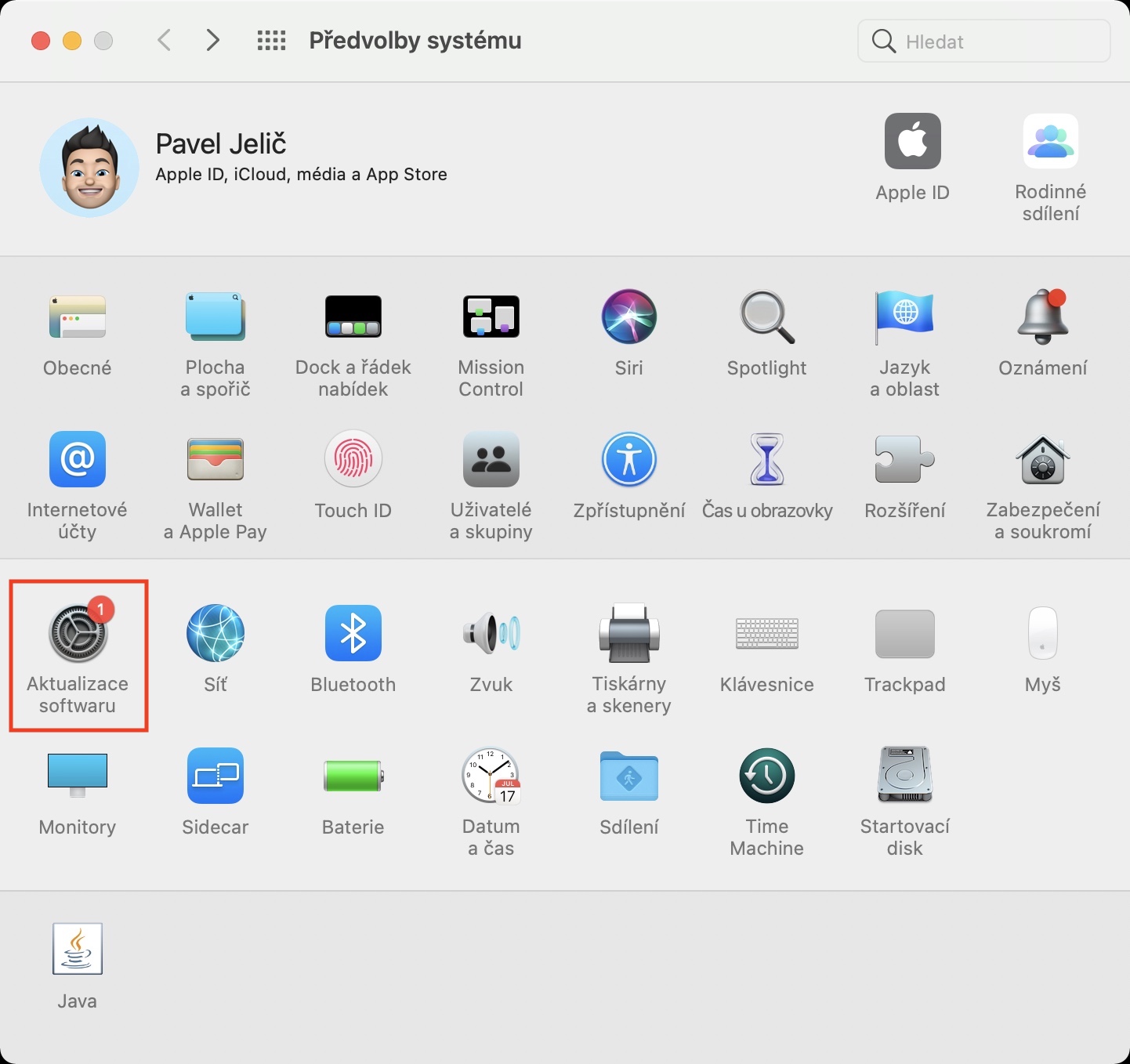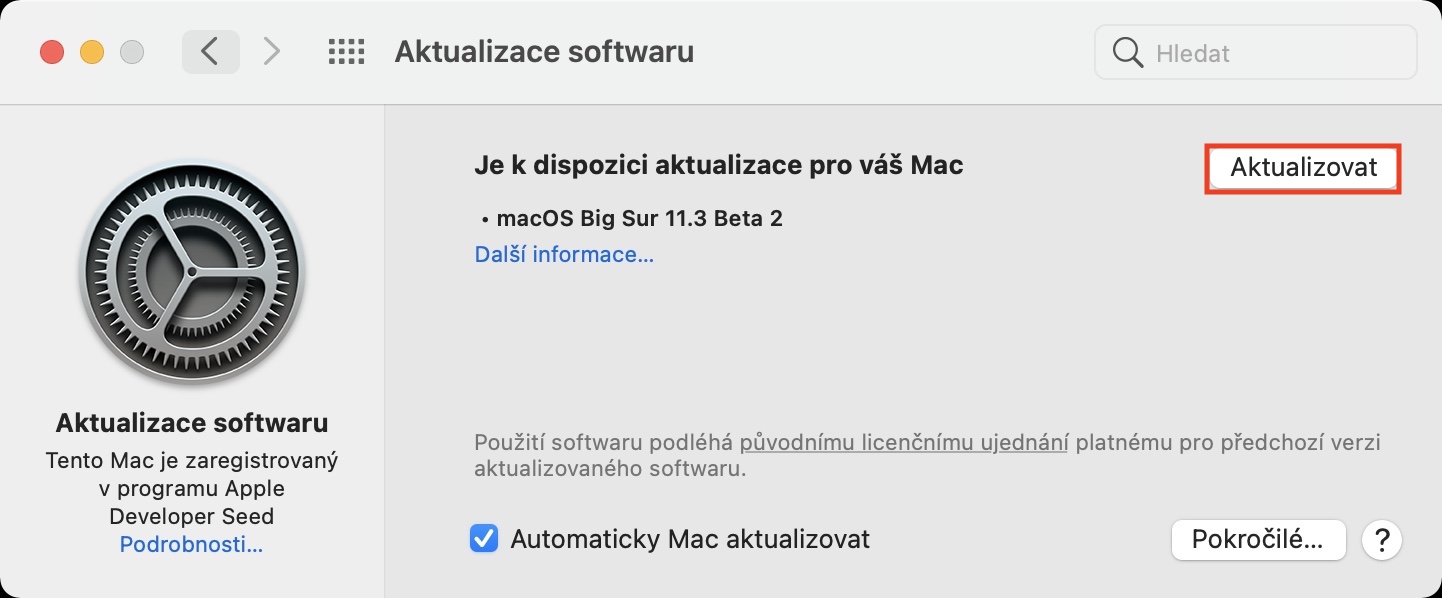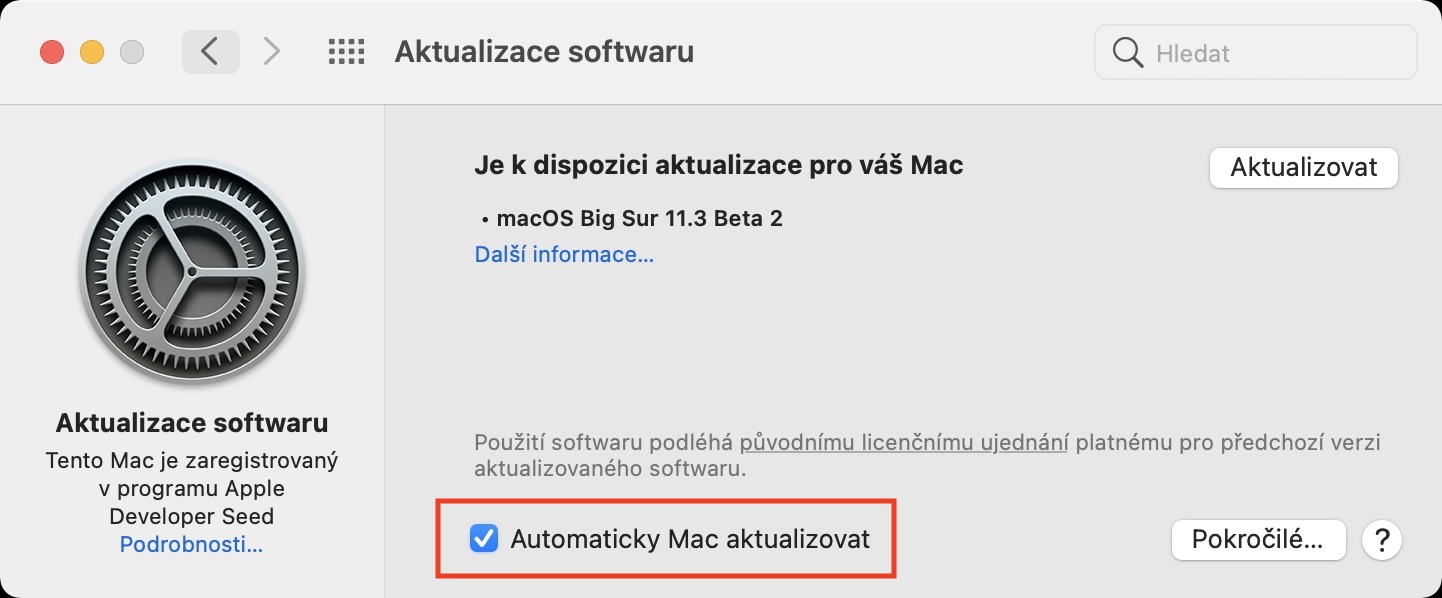There is countless different personal data on the computer or smartphone of each of us, which should not get "out" at any cost. It can be, for example, photos, notes, passwords to user accounts and other data that can suddenly appear in the hands of hackers and other attackers if they are handled carelessly. If someone hacks into your device, in addition to getting data, they can also destroy the entire system. Let's face it, none of us wants to find ourselves in either of these situations. We all know to use common sense when using the internet, but what are some other useful tips? You can find the 5 most important ones in this article.
It could be interest you
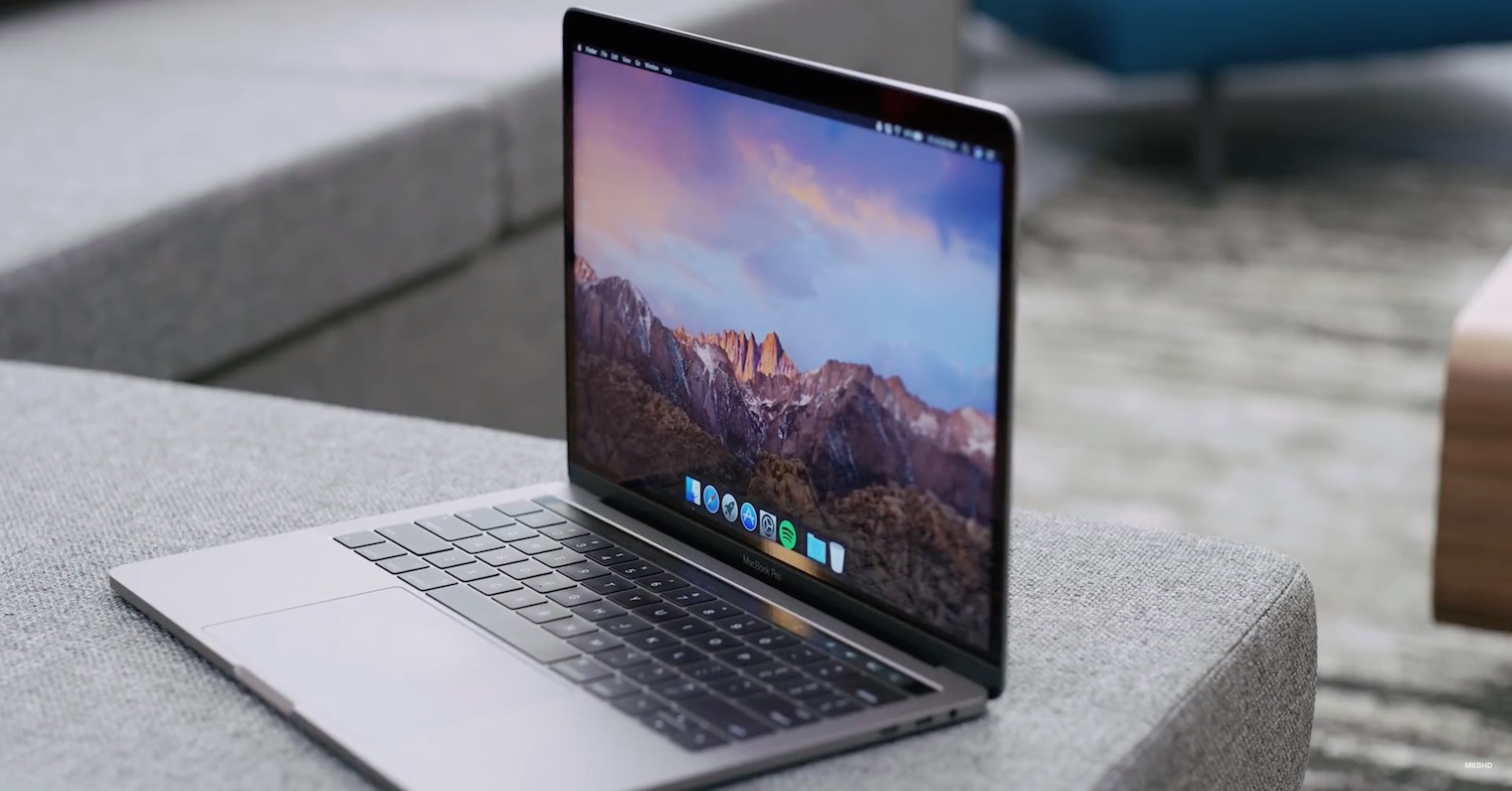
Use strong passwords
If you use strong passwords, you practically completely eliminate the possibility that someone could hack into one of your accounts. Of course, this only applies if your password doesn't appear in its unencrypted form somewhere on the Internet. What should such a strong password look like? In addition to uppercase and lowercase letters, you should also use numbers and especially special characters. At the same time, your password should not make any sense and should not be associated with any thing or person close to you. As for the length, at least 12 characters is recommended, but the more the better. It goes without saying that you simply cannot remember such complex passwords. Since then, the Keychain has been available on the Mac, which, in addition to automatically creating strong passwords, can also fill in passwords after authorization, for example via Touch ID.
It could be interest you
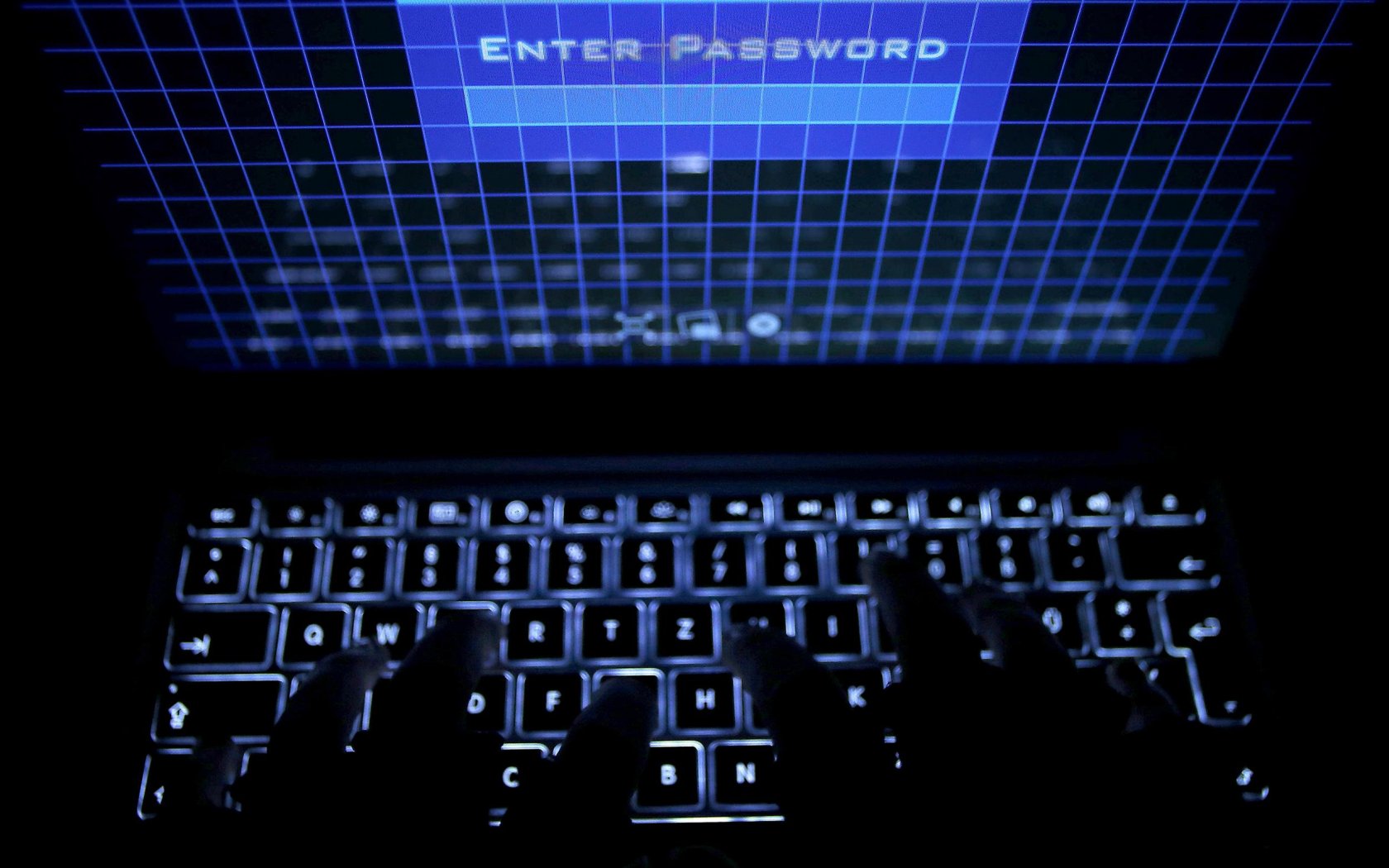
Use two-factor authentication
As I mentioned above, the absolute basis for protecting your accounts is the use of a strong password. In rare cases, however, it may happen that the service provider does not encrypt passwords. This means that anyone who gains access to them will only save them and will suddenly be able to log in to not all user accounts. Most major services and applications nowadays already offer two-factor authentication (2FA). As the name suggests, in order to log into your account after activating 2FA, you still need to perform a "second factor" verification. Most often, this is, for example, a code that someone sends you in an SMS, or it is possible to use a special authentication application. So definitely make sure you have two-factor authentication enabled wherever possible. Most often, you can find this option in Settings, where you click on the section dedicated to privacy or security.
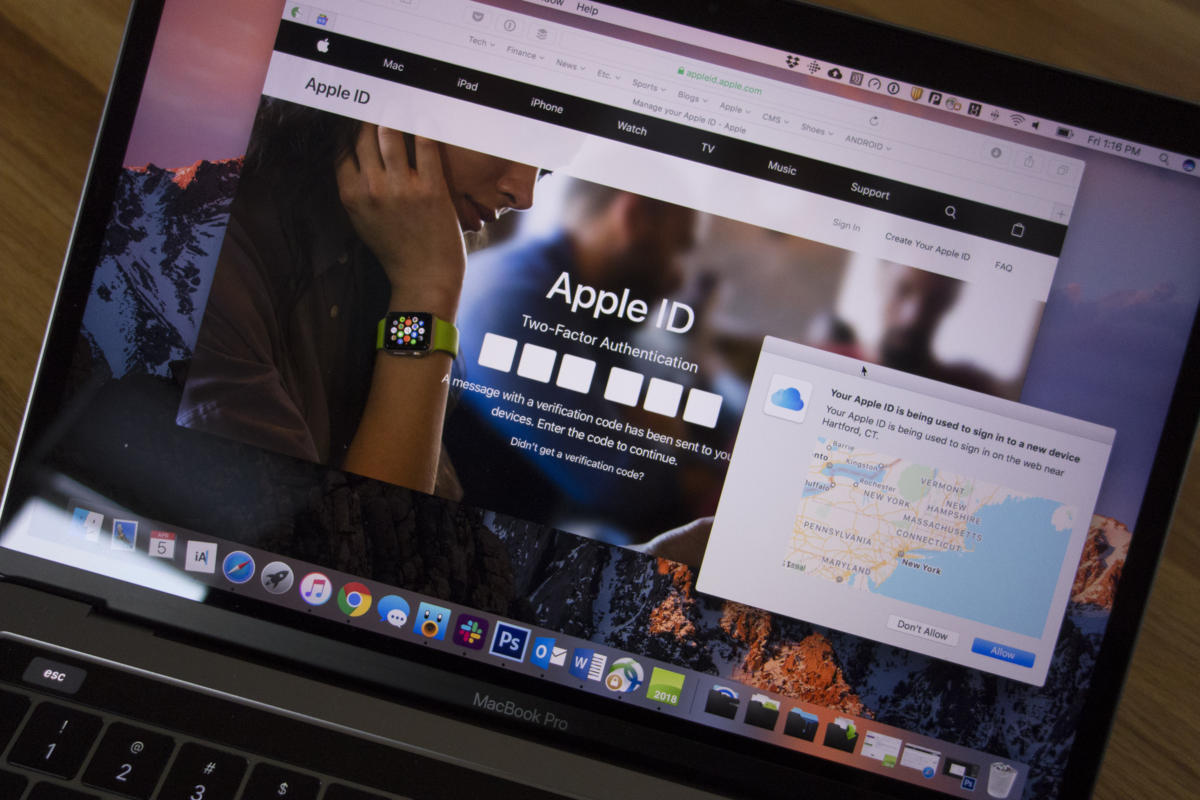
Do not turn off the firewall
Any computer that is connected to the Internet can become a victim of an attack. There are several different "layers" that can prevent such attacks that come from the Internet. The first layer is the firewall, which tries at all costs to thwart attacks by hackers and other attackers. Simply put, it serves as a control point that defines the rules for communication between the networks it separates from each other. In addition, it can hide certain information, such as your IP address and other key data. So definitely check on your Mac that your firewall is turned on. Just tap on the top left icon , and then on system preferences, where you move to the section Security and privacy. Then click on in the top menu Firewall and check if they active. If not, then authorize and activate.
Install an antivirus
To this day, from time to time I hear false information from users that the macOS operating system cannot be attacked and so-called "virused" in any way. However, this applies in a way practically only within iOS and iPadOS, where the application runs in a sandbox. Although the macOS operating system natively offers some protection against potentially harmful applications, it is certainly not 100% protection. In a way, you can say that macOS is as vulnerable as Windows. You can easily encounter malware, spyware, adware, etc. Claims that macOS does not need an antivirus are completely false. If you want to sleep peacefully and be sure that nothing will happen even if you manage to download a virus, then you should install an antivirus. I can personally recommend the app Malwarebytes, which is perfectly sufficient in its free version. You can read more about Malwarebytes in the article I'm attaching below.
It could be interest you
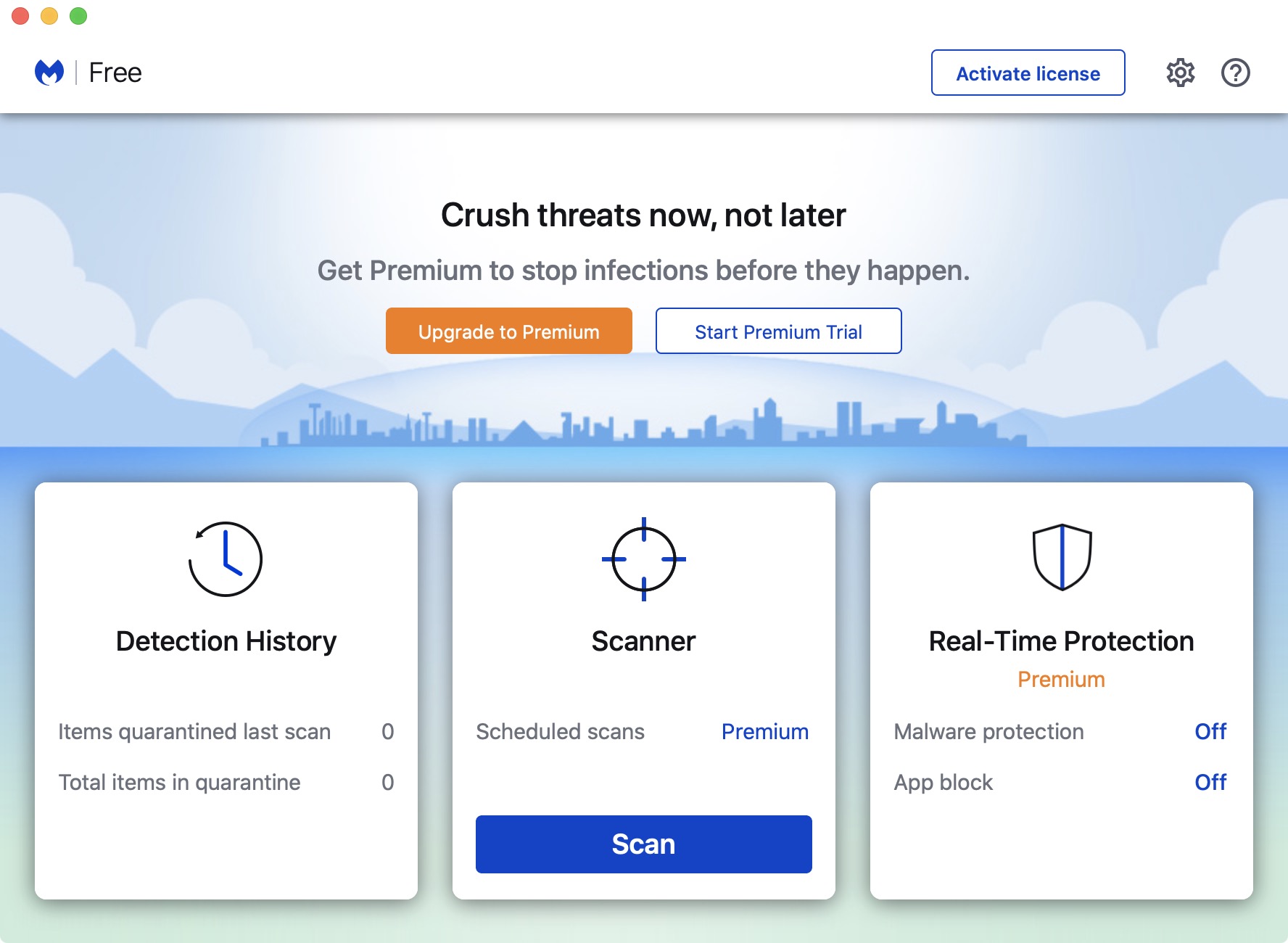
Update your system regularly
The last tip to make your Apple computer more secure is to update it regularly. Unfortunately, many users do not update their machines for incomprehensible reasons. Of course, new operating systems come with countless different functions, but in addition, there are also fixes for various security errors that often appear in the system. Therefore, if you have an older version of macOS and it is found that there is a security flaw in it, you risk data loss, possible hacking of your computer and other unwanted situations. If you don't want to worry about updates, you can of course set them to be done automatically. To update and set up automatic updates, tap on the top left icon , and then on System Preferences… In the new window, find and click on the column Software update, where you can check for updates. To set up automatic updates tick option at the bottom of the window Automatically update your Mac.


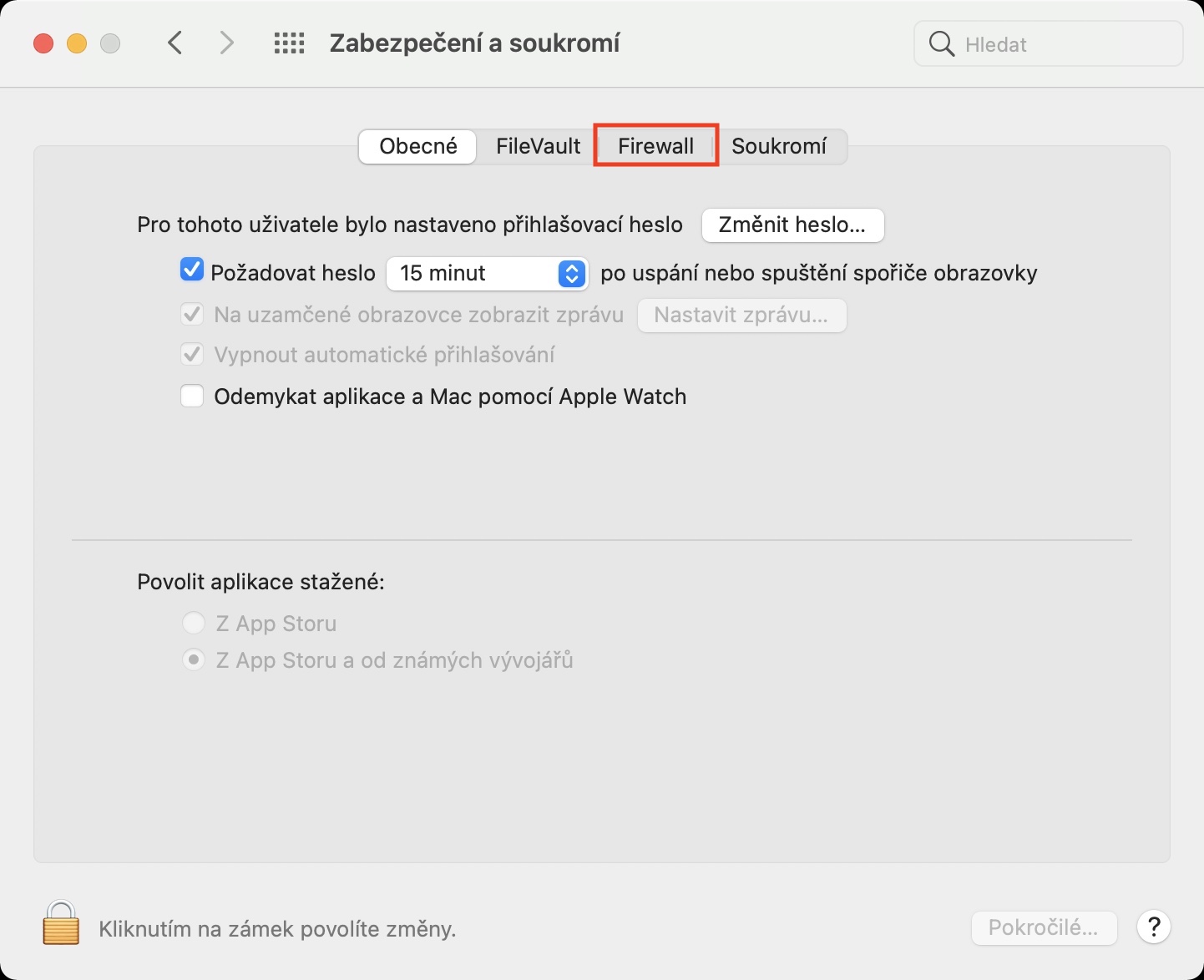

 Flying around the world with Apple
Flying around the world with Apple 